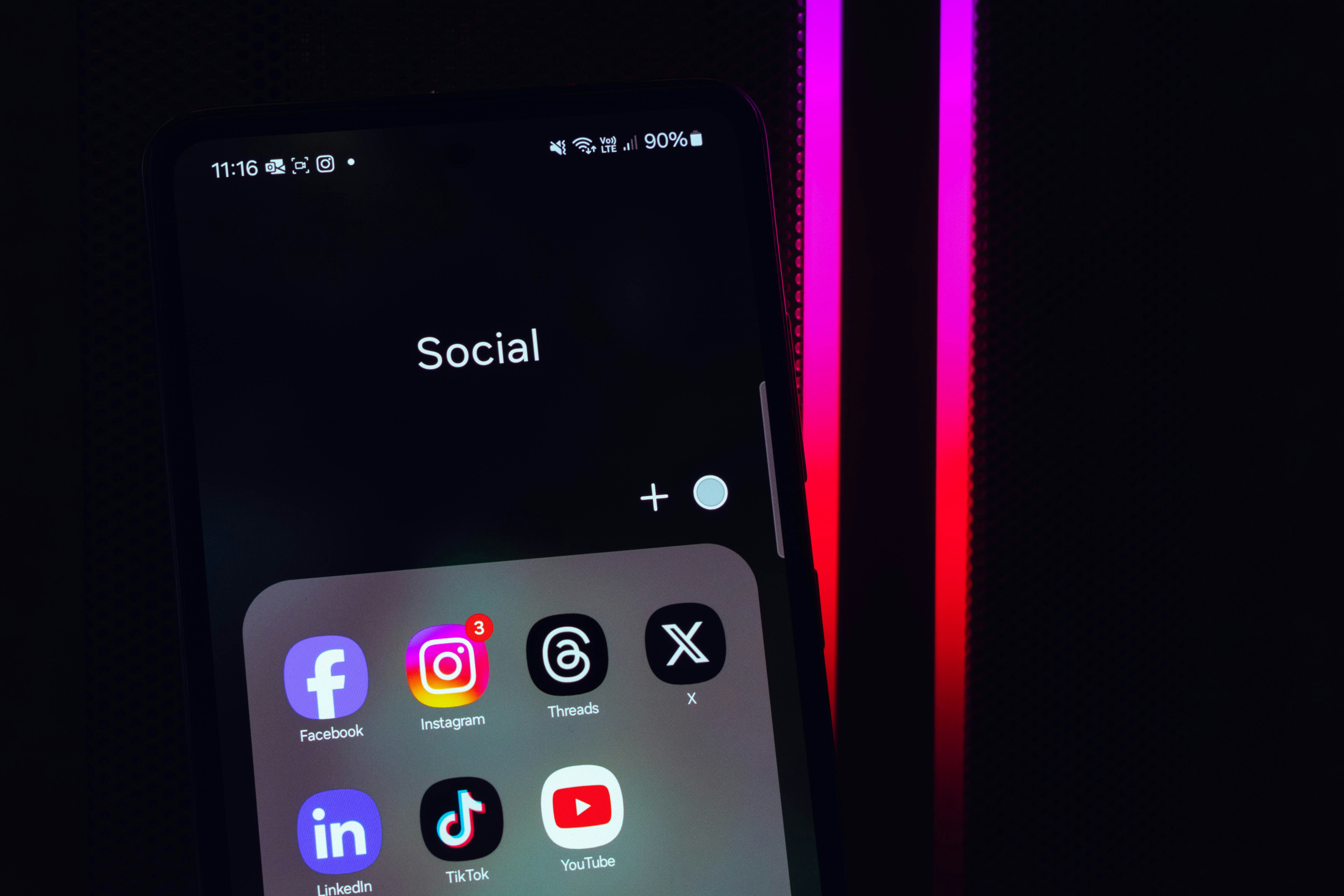The Silent Power of Ambient Intimacy in Today's Digital Society
In the nascent era of the internet, web users reveled in the novelty of global connectivity, communicating with people from around the world in seconds. As our digital landscape evolved, the focus shifted from global conversation to intimate sharing, birthing a phenomenon known as ambient intimacy. Read below to delve into the origins, current trends, and societal implications of this fascinating sociological development.

Unveiling Ambient Intimacy: A Historical Perspective
Ambient intimacy—a term coined by blogger Leisa Reichelt in 2007—refers to the practice of sharing mundane day-to-day life details on social media platforms, creating a sense of closeness or ‘ambient’ intimacy with others, despite physical distances. In the early days of social media, platforms like MySpace and Facebook enabled users to share their lives with a wide audience. However, the concept of ambient intimacy truly took root with Twitter, which encouraged sharing snippets of daily life, creating a virtual tapestry of shared human experience.
The Trending Culture of Ambient Intimacy
Today, ambient intimacy thrives on platforms like Instagram, Snapchat, and TikTok. From sharing morning coffee routines to real-time updates of a night out, users invite others into their lives, fostering a sense of connection that transcends geographical boundaries.
Ambient Intimacy’s Societal Repercussions: Is It All Positive?
While ambient intimacy can foster a sense of connection and community, it also has its downsides. Critics argue that it encourages over-sharing and can lead to a heightened sense of loneliness and FOMO (Fear of Missing Out). Moreover, the curated nature of social media posts can create a distorted perception of others’ lives, leading to comparison and dissatisfaction.
The Balancing Act: Ambient Intimacy and Personal Well-being
Balancing the benefits and drawbacks of ambient intimacy is crucial. On one hand, it can provide comfort, companionship, and a sense of belonging. On the other, it can lead to stress and negative self-comparison. Creating healthy boundaries and being mindful of the content consumed and shared can help maintain emotional well-being in the age of ambient intimacy.
The Future of Ambient Intimacy
As we adapt to the evolving digital landscape, the practice of ambient intimacy will likely continue to shape our society. It’s a testament to our innate desire for connection, even as we navigate a world increasingly mediated by screens. The challenge lies in harnessing its power to foster genuine connections while mitigating its potential harms.
In conclusion, ambient intimacy is a fascinating manifestation of our digital age, reflecting our enduring need for connection and belonging. As we continue to navigate the complexities of our digital society, it will be vital to understand and effectively manage the impact of this subtle yet powerful social phenomenon.




